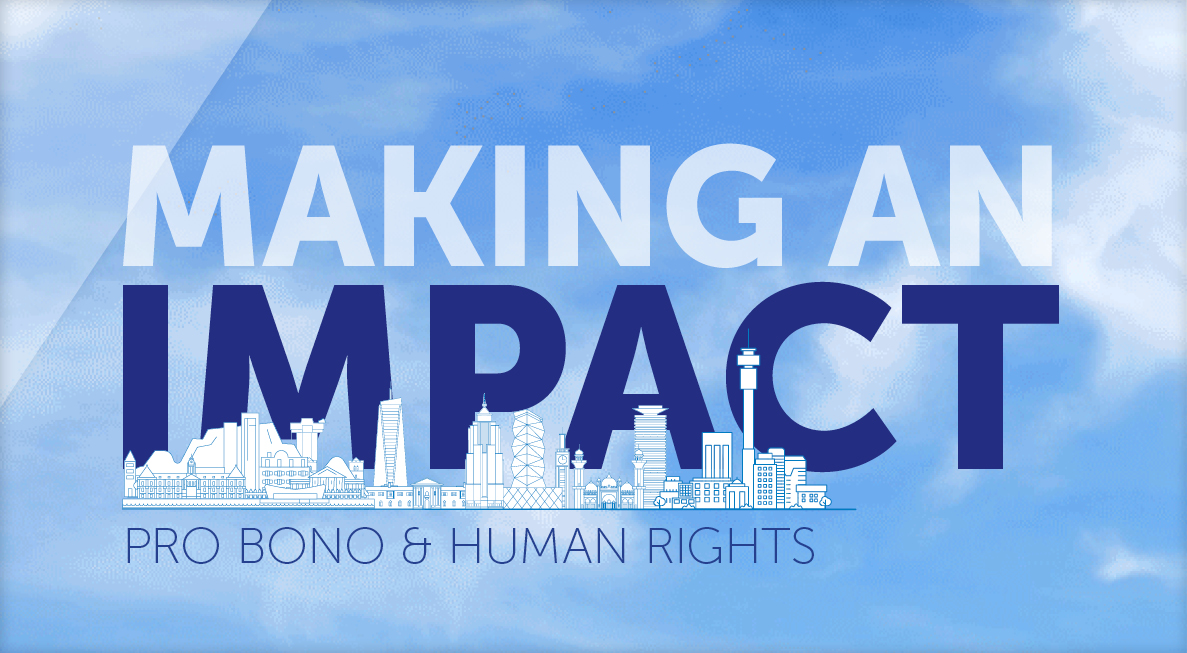Workplace harassment and the need to create a safer environment for women

Workplace harassment and the need to create a safer environment for women
Podcast
Workplace harassment and the need to create a safer environment for women
Podcast
Yvonne explains that the Codes of Good Practice on the Prevention and Elimination of Harassment in the Workplace (2022) define harassment as any unwanted or unwelcome conduct that undermines dignity, creates a hostile or intimidating work environment, or induces submission through actual or perceived consequences. When this behaviour is tied to one or more grounds of prohibited discrimination as per Section 6(3) of the Act, read with item 4.8 of the Code, it falls squarely in the ambit of unfair discrimination.
Yvonne adds that harassment includes acts of violence, physical, emotional, sexual, gender-based, or verbal abuse. It also encompasses the use of physical force or power, whether threatened or actual, against an individual or group.
Yvonne emphasises that while the Code provides several examples of harassment, the key is translating these into clear, accessible policies. It’s essential that employees can easily understand and apply them, and organisations must also run awareness campaigns to ensure these policies reach everyone.
Yvonne notes that while many organisations have advanced systems for reporting harassment, others may not be as developed. In such cases, employees should approach their human capital business partner or HR department, who are trained to provide support and remain neutral. Some companies also offer anonymous reporting channels, allowing employees to provide enough detail to initiate a conversation and address the issue. There are service providers like ICAS to provide employee well-being programmes where they can offer support and advice on the next steps.
Click here to listen.
The information and material published on this website is provided for general purposes only and does not constitute legal advice. We make every effort to ensure that the content is updated regularly and to offer the most current and accurate information. Please consult one of our lawyers on any specific legal problem or matter. We accept no responsibility for any loss or damage, whether direct or consequential, which may arise from reliance on the information contained in these pages. Please refer to our full terms and conditions. Copyright © 2025 Cliffe Dekker Hofmeyr. All rights reserved. For permission to reproduce an article or publication, please contact us cliffedekkerhofmeyr@cdhlegal.com.
Subscribe
We support our clients’ strategic and operational needs by offering innovative, integrated and high quality thought leadership. To stay up to date on the latest legal developments that may potentially impact your business, subscribe to our alerts, seminar and webinar invitations.
Subscribe




